Vintage Tribal Kilim Runner 3' 5" x 11' 2" (41" x 134")
Type:
Kilim RugsCollection:
Tribal RunnersID:
K0077272Size:
Material:
The designs feature a rich array of symbols representing tribal culture and Anatolian motifs, often in the form of medallions, diamonds, and other geometric shapes.
The designs feature a rich array of symbols representing tribal culture and Anatolian motifs, often in the form of medallions, diamonds, and other geometric shapes. These kilim runners are ideal for hallways and narrow spaces, offering a touch of ethnic charm and artisanal quality to any interior.
Herki kilims not only serve as functional floor coverings but also as artistic expressions of tribal identity, making each rug a unique cultural artifact.
Design Elements
- Pattern: The kilim runner features a geometric pattern with diamond shapes and interconnected motifs, showcasing a harmonious arrangement that guides the viewer's eye across the rug.
- Symmetry: The design exhibits a symmetrical layout, creating balance and stability, which is a hallmark of many tribal textiles.
- Texture: The kilim technique, characterized by flatweave, adds depth and texture to the piece while ensuring durability.
- Border: The outer border is often emphasized, framing the inner pattern, contributing to the overall composition and visual appeal.
Colors
- Earth Tones: Predominantly shades of brown, terracotta, and beige create a warm and inviting atmosphere reminiscent of natural landscapes.
- Accents: Bright colors such as pink inject energy and liveliness, serving as focal points within the design.
- Contrast: The contrast between earth tones and vibrant colors highlights the intricate patterns, enhancing visual interest and complexity.
Main Motifs and Their Symbolism
- Diamonds: Often represent protection and prosperity, suggesting a connection to the earth and fertility.
- Squares and Rectangles: Symbolize stability and solidity, reflecting a solid foundation in life.
- Interlocking Patterns: These designs reflect unity and interconnectedness, often signifying community and family bonds.
- Color Usage: The overall color scheme contributes to the symbolism, with warm tones promoting comfort and vibrant colors representing joy and vitality.
Summary
The vintage tribal kilim runner showcases a captivating array of design elements such as geometric patterns, symmetry, and texture, enhanced by a rich palette of earth tones and vibrant accents. The motifs found on the rug, prominent diamonds and interlocking shapes, carry deep meaning, representing stability, prosperity, protection, and communal bonds. Together, these aspects create a meaningful piece that reflects cultural significance and aesthetic charm.
- Ships in 1-4 business days
- Only one in stock, handmade, unique
- Free shipping via FedEx Express. Easy returns
- Contact us or add a note to your order if you want us to delay your shipping.
- Request more info if you want this rug shorter or narrower
Colors may appear slightly different across various monitors due to screen settings device differences, and external lighting conditions. If color accuracy is important for your space, we recommend viewing the rug on multiple devices or contacting us for a detailed color description. We can provide detailed photos and references using Sherwin-Williams, Benjamin Moore, Pantone, or even Crayola crayons.
You can also visualize most of our products in your own room with AR (augmented reality) on an iPhone or iPad.
Return Policy
Need a rug pad? We recommend RugPadUSA
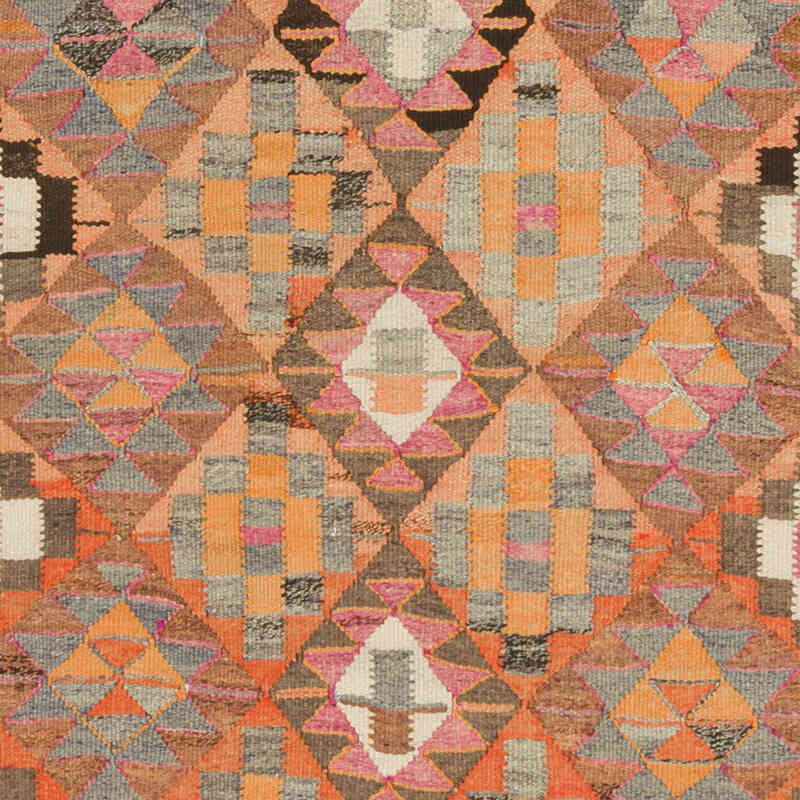
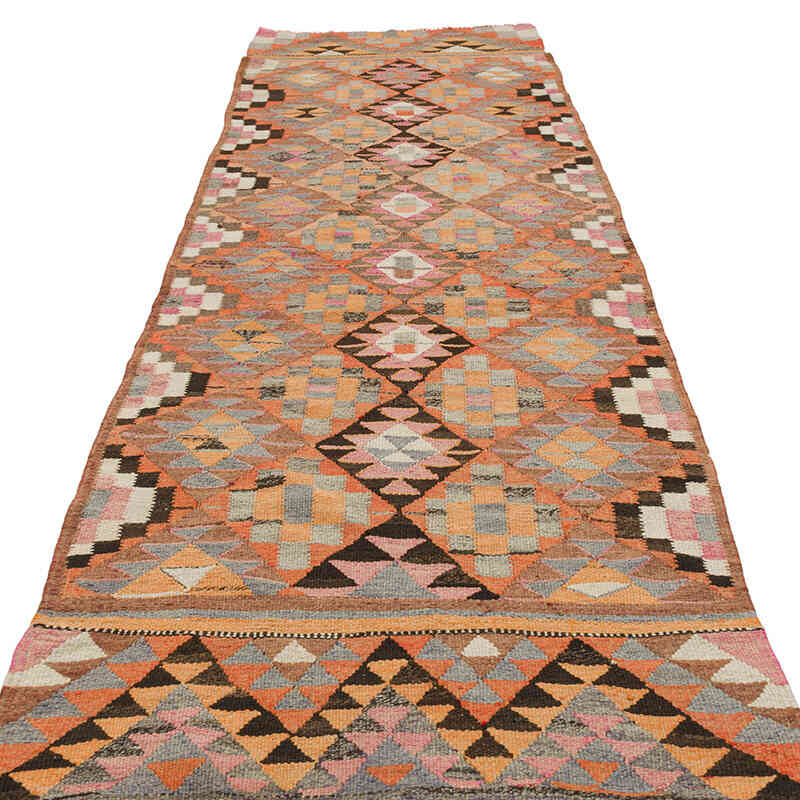
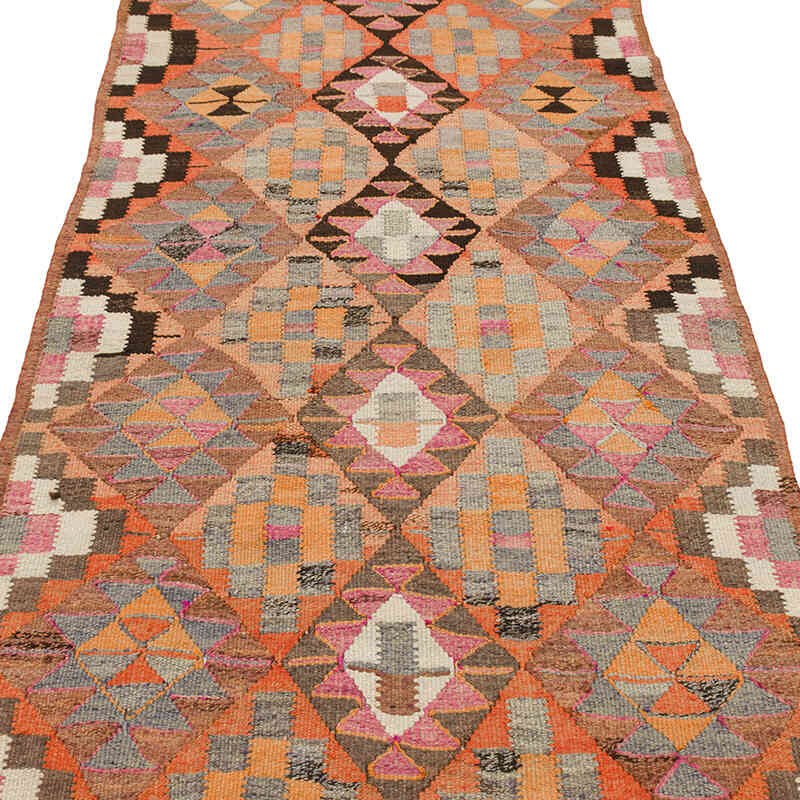
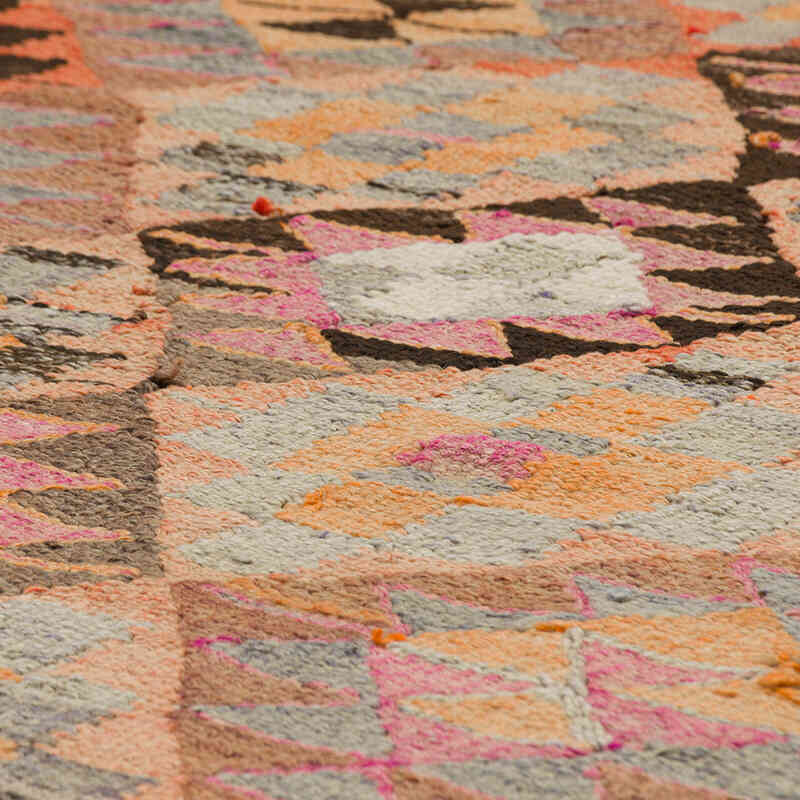
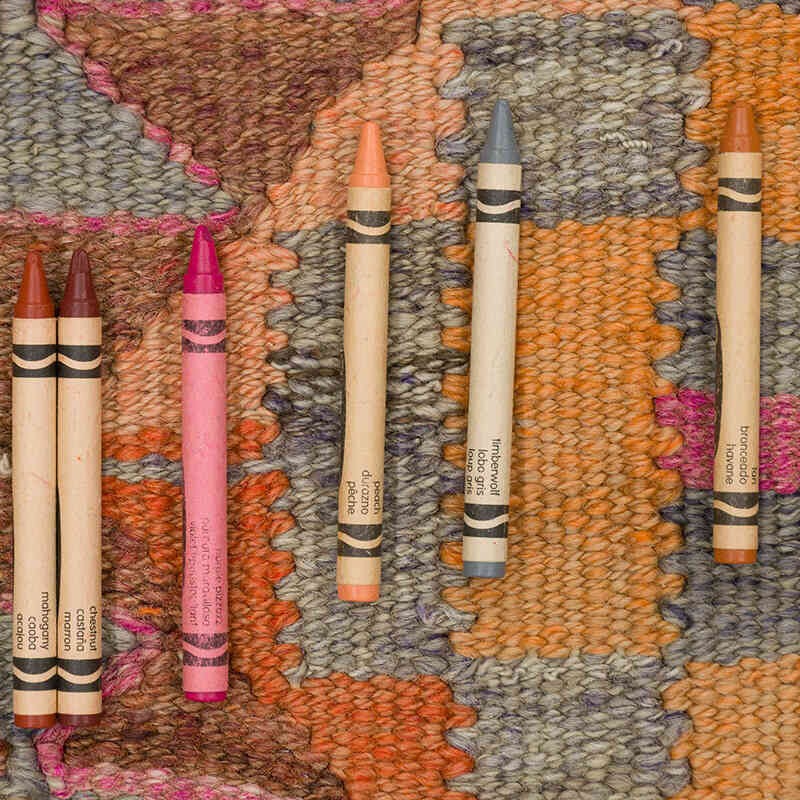
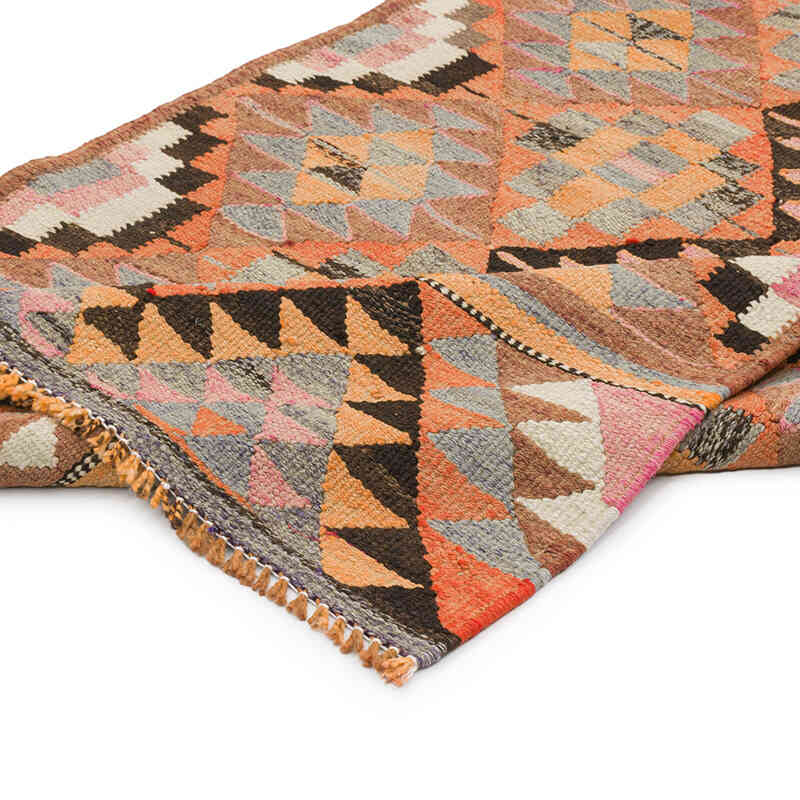
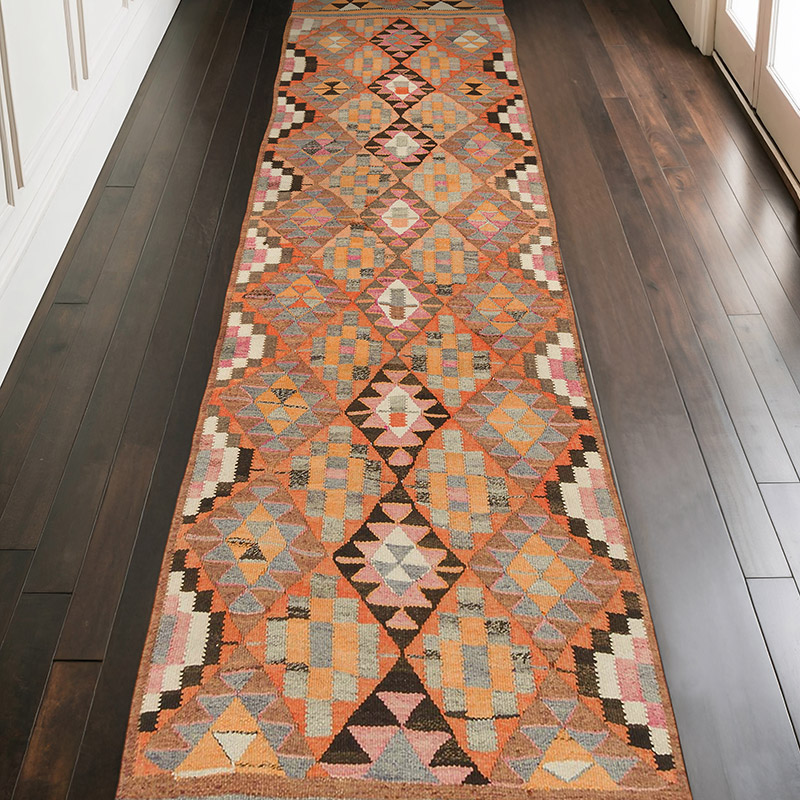

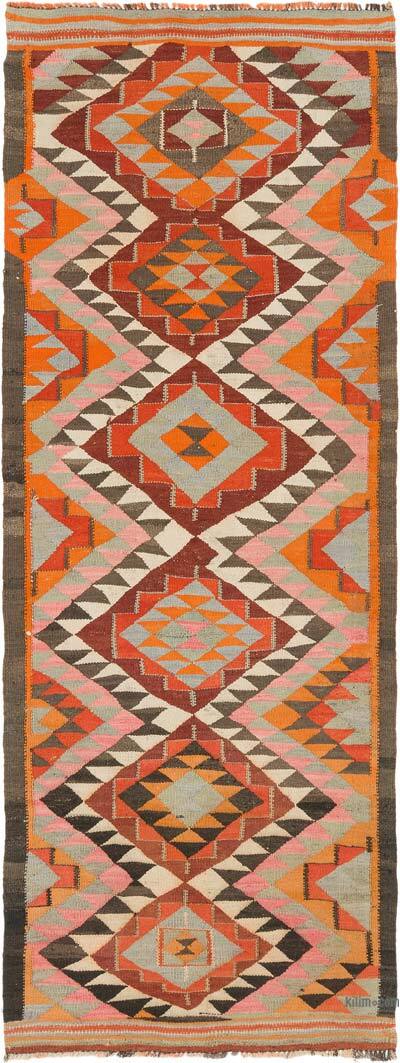




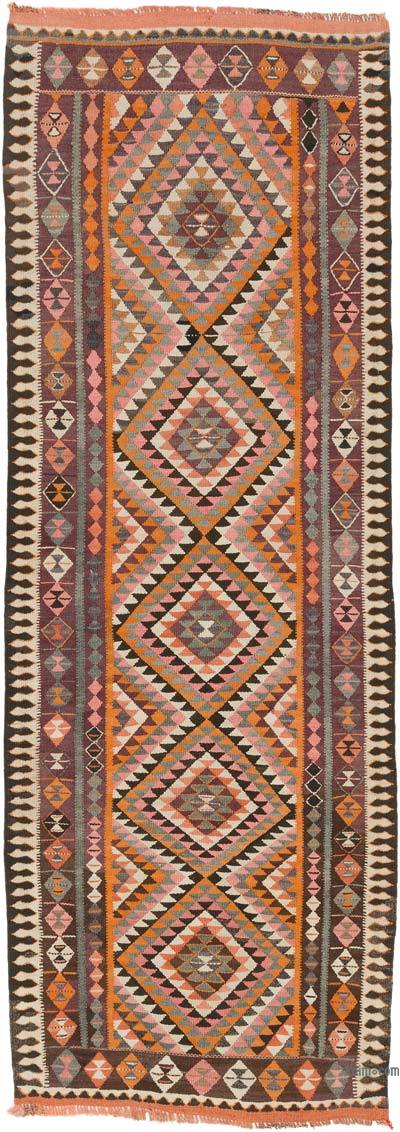









Highly Recommend